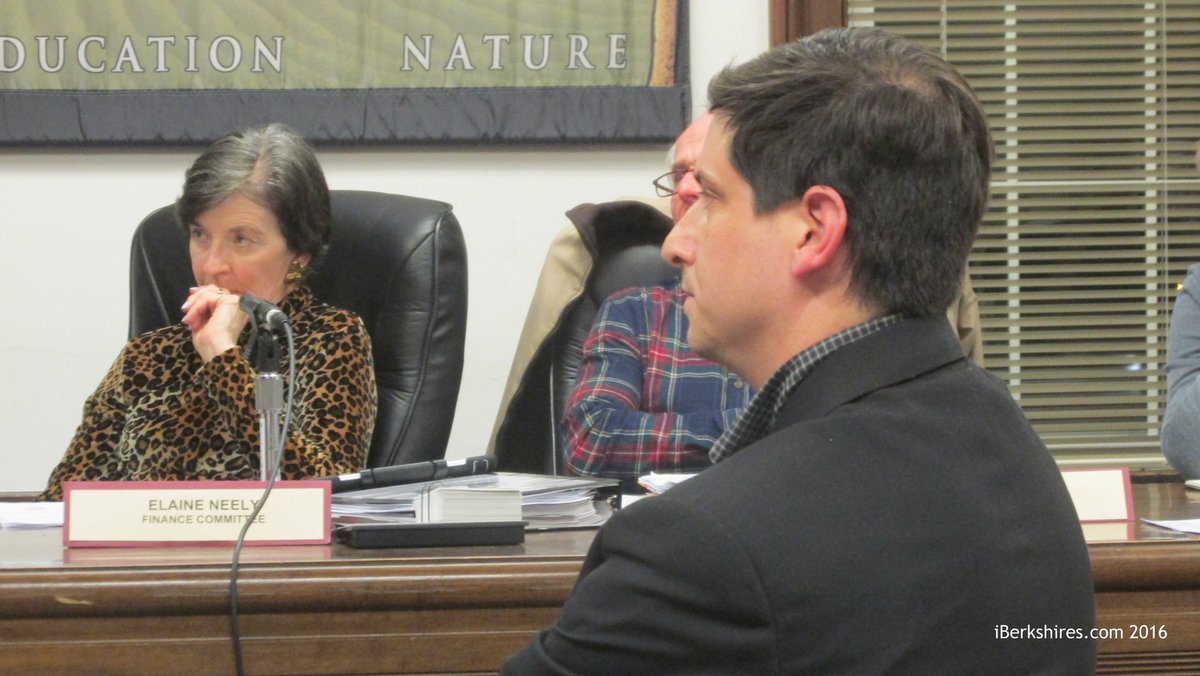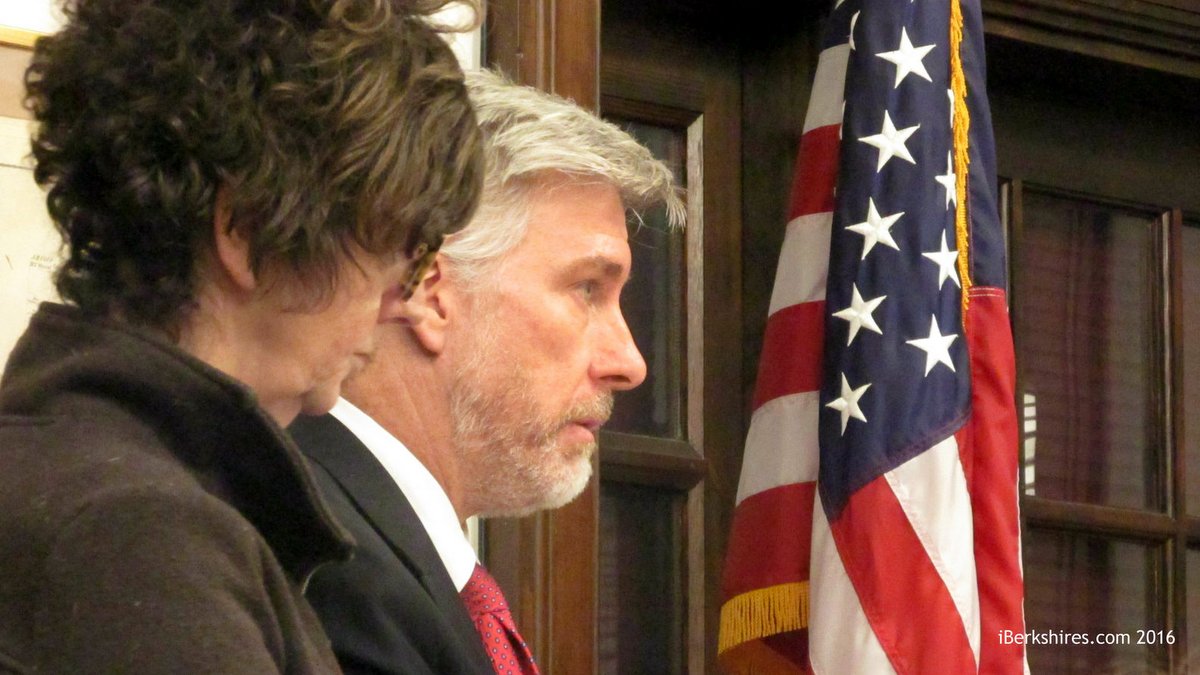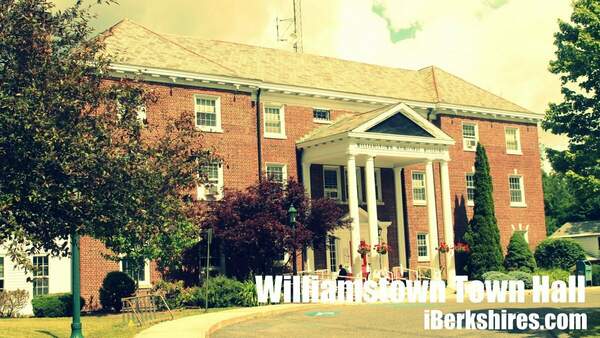
Williamstown Superintendent: Preschool will Meet Children's Needs
WILLIAMSTOWN, Mass. — Budget season for Williamstown Elementary School has seen a number of twists and turns since an initial budget presentation to the School Committee back in February.
But one thing remains consistent: the decision to scale back the school's prekindergarten program by eliminating a full-day option.
The popular Side by Side program has generated passionate support, and first-year Superintendent Douglas Dias has been the subject of hyperbolic criticism over the decision to cut the full-day preschool class.
But from Day 1, Dias has maintained that the elementary school can serve its pupils with two half-day preK sessions, and he reiterated that commitment again this week.
"The Side by Side program is a special education program designed to provide services to children ages 3 to 4, period," Dias said. "We're able to provide services to all of the children [in the current budget].
"Our job is to provide education to kids in K through 6 and for kids ages 3 and 4 that need services. I support the Side by Side program, and I value early childhood education. We will fulfill our children's needs with the two half-day classes."
Dias is making that decision in consultation with Director of Pupil Personnel Services Kim Grady, who has supervised special education services in the district since 2010.
The prekindergarten's mission is implicit in its name. Pupils identified as having special needs are prepared for school along with "typically developing" children — side by side. Non-special education slots are awarded via a lottery, and the families of those children pay tuition.
The last part — the potential revenue of a full-day program — has been the focus of much of the criticism of Dias' decision.
Besides espousing the virtues of early education and support for individuals whose jobs are affected by the cut, Side by Side supporters have repeatedly argued that the program is self-sustaining and can actually produce excess revenue at a time when the district is making cuts in other areas.
Cutting a full-day preK classroom means eliminating a full-time teaching position (a $45,152 reduction from the fiscal 2016 budget) and reducing preK paraprofessional support (a $31,546 cut). But those expenditures would have been offset by full-day preK tuition, meaning the decision to cut the full-day program is somewhat revenue neutral.

The prospect of generating revenue from Side by Side was raised this week at a special meeting of the School Committee and again on Wednesday at the town's Finance Committee, which Side by Side advocates hoped to enlist as allies.
"I would strongly urge you to give us advice and recommendations because this concerns the finances of the town," Steven Miller told the Fin Comm. "We have seen the budget at the elementary school and seen the cuts. When we have a program that is bringing in revenue, it seems absurd to cut that program."
Miller presented the Fin Comm with a budget analysis he said shows that full-day Side by Side with the current tuition level could produce a net surplus of $8,198 that could be applied elsewhere in the school's budget.
On Tuesday, Miller told the School Committee, "We can easily run the program similarly next year as we are this year — maybe take a few more non-special ed kids, maybe raise tuition a bit, maybe reassign teachers a bit — which will give us time to engage the community."
Dias does not dispute that Side by Side can be a money-maker for the district.
He is less convinced that preschool education should be a cash cow.
"That's an excellent question," Dias responded when asked whether it is appropriate to use school programs to create a revenue surplus. "The mandate is to provide free and appropriate public education. For me, it is imperative to have a school that is public — meaning it's open to all kids and all kids have the same opportunities for those things that we are and we should give them.
"Schools are, unfortunately, always challenged with how we can continue to provide high quality services without burdening parents with additional financial challenges."
Dias put it another way in March 29 email to Miller on the morning before the School Committee meeting.
"I also realize that there are members of the community that can afford to fully fund a preschool classroom, but the special education objectives of the program are being fully met with what is proposed," Dias wrote.
WES provides financial assistance to tuition-paying families who are eligible for free and reduced lunch. But that financial assistance comes out of the school's operating budget, so if the preschool program is expanded and tuition is raised but it remains open and available to all, its inclusivity would cut into any potential revenue enhancement.
But for Dias, the question is not really how much revenue could accrue.
"When we're looking at how to generate revenue, I do not want to do it on the backs of parents," he said. "We want to make sure we can give our kids what we can. Public schools should be a place where all kids have equal access to opportunity regardless of family income, etc. One of the things that makes America great is that public education is public, and it is supposed to be that way."
The decision to cut the full-day preschool classroom spurred a petition on change.org that, as of Friday morning, had 275 supporters. Miller presented the Finance Committee with printed comments from the petition along with letters from two Side by Side supporters.
One of those letters accused the district of "choosing to balance the budget on the backs of the disabled and disadvantaged children," calling the decision "shameful." Many of the printed comments focused on praise for Side by Side on its teachers; a few used words like "crazy" and "criminal disservice" to characterize the budget for fiscal 2017.
The elected School Committee voted twice to approve that budget — once to send a "final" draft to the Finance Committee and again on March 29 when it sent a revised draft back to the Fin Comm.
School Committee Chairman Dan Caplinger attended Wednesday's Fin Comm meeting to report to the town committee and discuss the omnibus budget that will go to town meeting on May 17.
The Finance Committee asked Caplinger specifically to address the Side by Side program.
After taking pains to explain that he could only speak for his own reasons for supporting the budget, Caplinger told the Fin Comm that the preschool decision is not simple.
"Side by Side is a program that involves special education students," Caplinger said. "There are confidentiality concerns involved with that. The decisions about educational matters are partially financial but not entirely financial.
"The purview of the School Committee in overseeing the superintendent and his administration is limited in scope. The School Committee has jurisdiction over the budget … but as your committee has limits in commenting on pedagogy, there are areas where the School Committee needs to defer to the expertise of the people we hire to educate our children."
Tags: fiscal 2017, preschool, WES_budget,

 WILLIAMSTOWN, Mass. — The Prudential Committee on Wednesday signed off on more than $1 million in cost cutting measures for the planned Main Street fire station.
WILLIAMSTOWN, Mass. — The Prudential Committee on Wednesday signed off on more than $1 million in cost cutting measures for the planned Main Street fire station.













